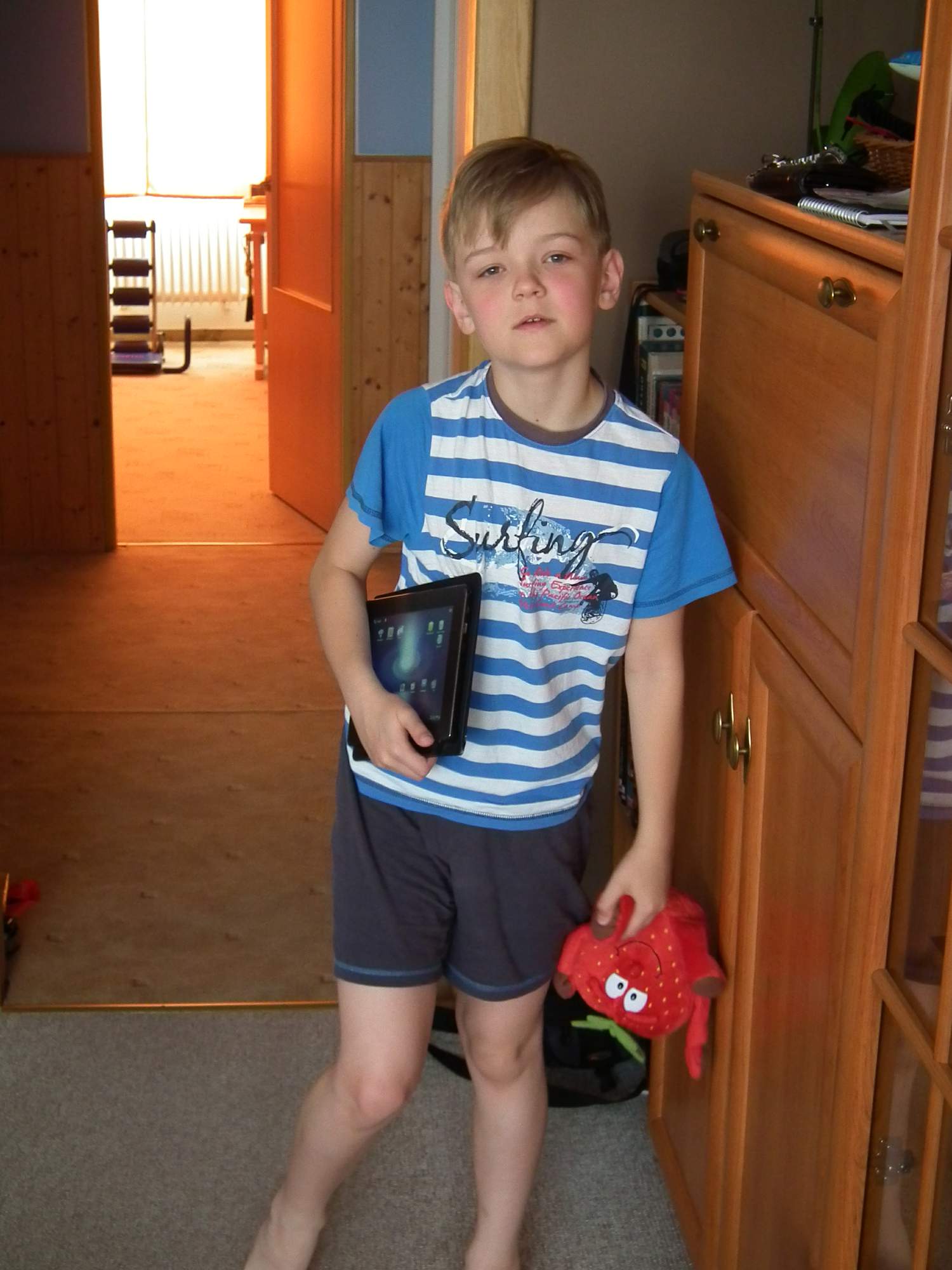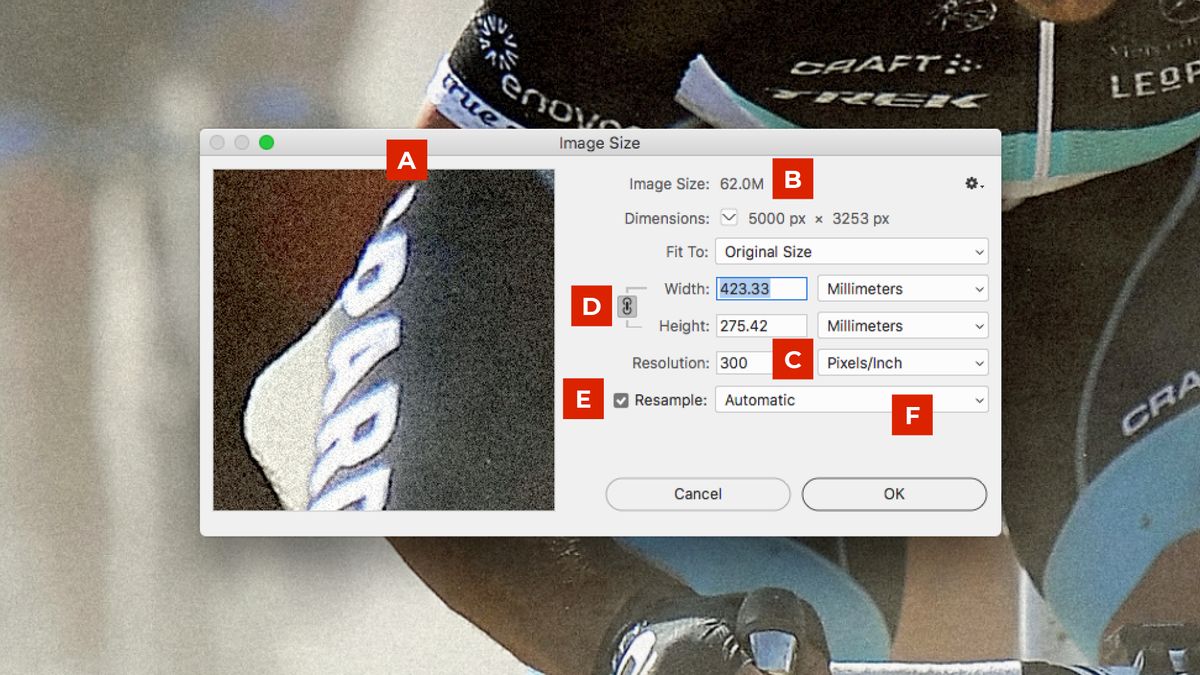ImageSize returns the dimensions of the image bound to image. The components in the return value are filled in, in order, with the width, height and depth of the image. For the array forms, the last component of the return value is the number of layers in the texture array. The header file graphics.h contains imagesize function which returns the number of bytes required to store a bit-image.
Sometimes, it is required to fit an image into a certain given dimension. We can resize the image by specifying the width and height of an image. A common solution is to use the max-width: 100%; and height: auto; so that large images do not exceed the width of their container. The max-width and max-height properties of CSS works better, but they are not supported in many browsers.
Another way of resizing the image is by using the object-fit property, which fits the image. This CSS property specifies how a video or an image is resized to fit its content box. It defines how an element fits into the container with an established width and height.
The object-fit property is generally applied to image or video. This property defines how an element responds to the width and height of its container. Mainly there are five values of object-fit property such as fill, contain, cover, none, scale-down, initial, and inherit. The default value of this property is 'fill'.
Example

In this example, we are resizing the image by using the max-width: 100%; and height: auto; properties.
Test it NowOutput
Example
In this example, we are using the object-fit: cover; property.
Test it NowOutput

In the above example, we have used the cover value of the object-fit property. Similar to the above example, we can use the other values of the object-fit property in order to resize the image.
1. Facebook cover photo image size.
- The ideal image size for your Facebook cover photo is 851px by 315px.
- For best results, make sure your image is JPG format, with RGB color, and less than 100 KB.
- Facebook will automatically format your photo to fit the cover photo slot, so if it’s not sized correctly, you might experience some distortion. If you can’t meet the recommended sizing, make sure your image is at least 400px by 150px.
- Cover photos are displayed at 820px by 312px on desktop and at 640px by 360px on a smartphone so stick to a design that works at both sizes.
Keeping track of sizing requirements can be a bit overwhelming. Adobe Spark comes loaded with professionally designed templates that are sized to Facebook’s standards.
2. Facebook profile picture image size.
- Facebook profile photos are squares, so you can upload an image in any size and Facebook will crop it to a square. Profile pictures are almost always shown as circles, so make sure if you have important content in your design that nothing is cropped out when your image is displayed as a circle.
- Once you upload your profile picture, your audience will see it at 170px by 170px on a desktop, 128px by 128px on a smartphone, and 36px by 36px on most feature phones.
- If you have a logo or text in your profile picture, consider uploading it as a PNG file rather than JPG.
While Adobe Spark has many pre-made template sizes for you to choose from, you can also use the “Custom Size” option under “Resize” in your Adobe Spark workspace to enter precise measurements in pixels, inches, or millimeters. If you have a work in progress and need to resize halfway through, Adobe Spark will maintain the layout when you resize to keep your design intact.
3. Facebook post image size.
- The ideal image size for a Facebook image post is 720px, 960px, or 2048px wide, with flexibility in the corresponding height.
- For best results, make sure your image is JPG format, with RGB color, and less than 15 MB. Facebook features an option to upload with high resolution, so most images can maintain their quality on the site.
- You can upload files in any of the following formats: JPEG, BMP, PNG, GIF, or TIFF.
- If you’re uploading a PNG file, it’s best to keep the file size below 1MB. PNG files larger than 1MB may appear pixelated.
Browse our pre-made templates and find a design that resonates with your page’s vibe or branding. Then, customize it to your liking.
4. Facebook event photo size.
- The ideal image size for a Facebook event photo is 1200px by 628px (a 2:1 ratio).
- For best results, make sure your image is JPG format or PNG if it features a lot of text or a logo.
5. Facebook group cover photo size.
- The ideal image size for a Facebook group cover photo is 1640px by 856px (a 1.91:1 ratio).
- Cropping will occur when you upload your image, as visibility changes depending on the device you’re using. Take a look at this graphic – the parts in gold are subject to cropping, so any important details or information should remain in the white space.
6. Facebook images in link shares | open graph tag.
- The ideal image size for link shares is 1200px by 630px (or, as close to a 1.91:1 ratio as possible).
- Make sure your file size is no larger than 8 MB.
- Images smaller than 600px by 315px will display, although they will appear much smaller in the post. Aim for the recommended size above.
- Images will appear the same on desktop and mobile.
- Facebook crawler only accepts gzip and deflate encodings, so make sure your server uses the proper encoding.
- Metadata is a key component of image link sharing, so be sure to ask your developer to review Facebook’s official guide and make sure you’re optimizing your posts.
If this sounds like a lot of information to unpack, don’t worry, Adobe Spark has your back. Create your link share image by opening up Adobe Spark, choosing a 1200px by 630px canvas size, and adding any images or text you have to share.
7. Facebook ads image guidelines.
Facebook has a complete guide for images used with Facebook Ads. You can read more about it on their site, or see our breakdown here:
General recommendations are as follows:
- The ideal image ratio is 1.91:1 to 4:5.
- Choose the highest resolution possible. Accepted formats are JPG or PNG files.
- Keep any text limited to 125 characters. Images that feature more than 20% text in the composition will experience reduced delivery. Keep your ad images focused on the image content, and save your text for the caption.
For ads with links:
- The ideal image ratio is 1.91:1 to 1:1.
- The recommended resolution is at least 1080px by 1080px. Images smaller than 600px by 600px will appear smaller on screen in comparison.
- Keep your headline text to 25 characters and your link description to 30 characters.
Panoramas or 360 photos:
- These types of images will appear as an interactive experience for your audience. Facebook recognizes panoramic images by referencing metadata in the photo itself and then display it in a 360-degree viewer on the site.
- The ideal image size should be less than 30,000px in any dimension and less than 135,000,000px in total size.
- Files can be as big as 45 MB for JPEG formats or 60 MB for PNGs. JPEGS are recommended and ideally formatted to be between 20-30 MB.
Imagesize.com
8. Trouble uploading Facebook photos? Try these tips:
- Double-check that your photo is the recommended size.
- Do you use ad-blocking software? Try turning it off or make sure that Facebook is included as an exception.
- Make sure you are using the latest version of your web browser.
- Check your Support Inbox. Facebook will send you warnings for posting abusive content, which could interfere with you uploading additional content in the future.
- These are some of the most frequent issues. Browse throughFacebook’s help page to find details about what other issues can arise in the process.
How to make images for Facebook.
Image Sizer
Image Size Increaser
Image Size Css
Image Resizer
